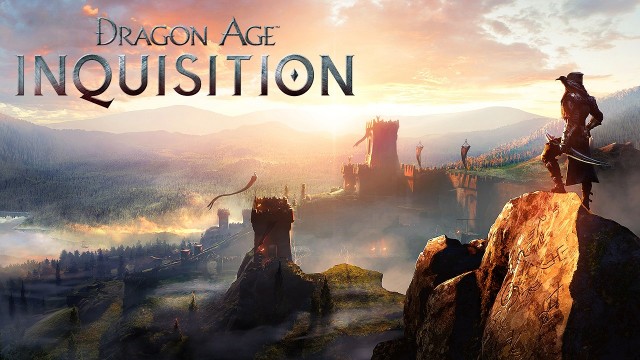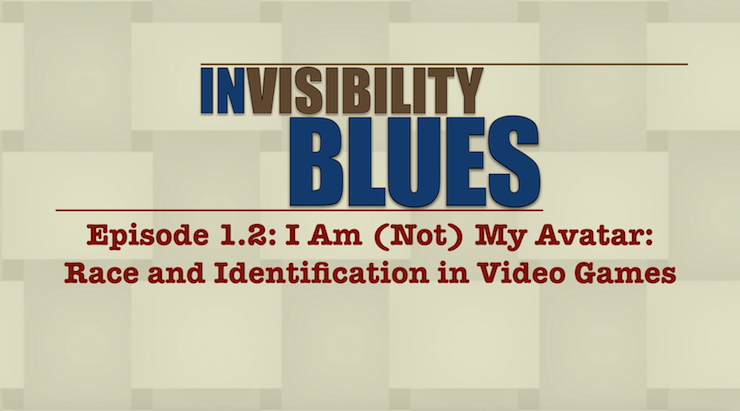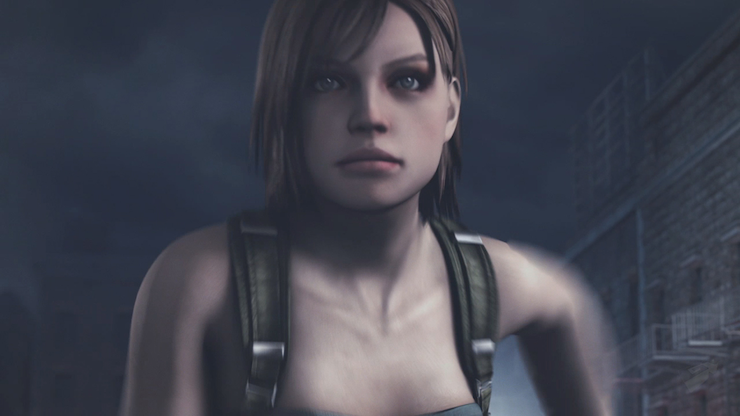After writing about Among the Sleep a few weeks ago, I have found myself continually thinking about the idea of children as protagonists. Indeed, I have been working to understand just what it is about the embodiment of childhood that is at work in such figures. In other words, what is the function of these child-protagonists and what is it about them that has caused these children to stick with me so?
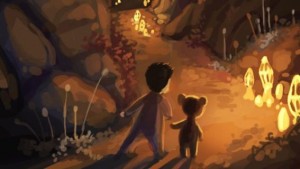 To be sure, Among the Sleep isn’t the only video game that features a child-protagonist. There is, of course, the little boy of Limbo, who wanders through dangerous terrain on a search for his sister. There is another game called Gravity Ghost, released earlier this year, that features a young girl named Iona, who, as a ghost, floats through a spacelike purgatory on a quest to find her fox friend and to repair her broken planet. And speaking of fox friends, we also have Nuna of Never Alone, a young girl who, along with her fox companion, embarks on a search for the source of the blizzards that are ravaging her Arctic community. And finally, to return to the game that began this line of interrogation for me, there is Among the Sleep, in which we play an unnamed toddler who attempts to find the mother (who vanished suddenly in the night) with the help of a stuffed animal sidekick named Teddy.
To be sure, Among the Sleep isn’t the only video game that features a child-protagonist. There is, of course, the little boy of Limbo, who wanders through dangerous terrain on a search for his sister. There is another game called Gravity Ghost, released earlier this year, that features a young girl named Iona, who, as a ghost, floats through a spacelike purgatory on a quest to find her fox friend and to repair her broken planet. And speaking of fox friends, we also have Nuna of Never Alone, a young girl who, along with her fox companion, embarks on a search for the source of the blizzards that are ravaging her Arctic community. And finally, to return to the game that began this line of interrogation for me, there is Among the Sleep, in which we play an unnamed toddler who attempts to find the mother (who vanished suddenly in the night) with the help of a stuffed animal sidekick named Teddy.
In thinking about this particular group of characters, a few similarities seem to stand out. All these children are engaged in some sort of quest, whether it is a quest for a relative (or a fox) or a quest for the means of saving one’s community or planet. Regardless of the specific object or goal for which the character is questing, it seems that the underlying motivation is really the desire for knowledge and truth—the understanding of what has come of one’s mother or of what has destroyed one’s planet. In this way, perhaps we might think of these children’s narratives as representing a sort of bildungsroman in which the search for answers and the gaining of world experience (or experience points) allows these characters to grow in some way by persevering through the conflicts and challenges they each face.
 As far as additional similarities go, the games mentioned above, with the exception of Among the Sleep, all make use of 2D puzzle-platformer-oriented gameplay, and I wonder if there is any sort of significant meaning-making that might be gleaned from this. Perhaps the simplicity of such a style of gameplay may represent the perceived simplicity of childhood, a simplicity complicated by the fact that the children in these seemingly simple games must face complex issues like death, loss, grief, violence, and trauma. And if we think about these games in this way, if we think about the fact that the structural aspect of these games may mirror the narrative meanings being articulated, then perhaps Among the Sleep isn’t all that different either, for while Among the Sleep isn’t a platformer like the rest, the game is nonetheless quite simple in structure and linear in narrativity. And this linearity may speak to the fact that there is only one direction in which these children might move to grow and to gain knowledge—forward. Perhaps this forward momentum in the face of trauma and tragedy may serve as a means of complicating the seeming simplicity of the games’ structures and narratives as well as their construction of childhood; indeed, childhood, according to these games, is pretty tough and the children even tougher.
As far as additional similarities go, the games mentioned above, with the exception of Among the Sleep, all make use of 2D puzzle-platformer-oriented gameplay, and I wonder if there is any sort of significant meaning-making that might be gleaned from this. Perhaps the simplicity of such a style of gameplay may represent the perceived simplicity of childhood, a simplicity complicated by the fact that the children in these seemingly simple games must face complex issues like death, loss, grief, violence, and trauma. And if we think about these games in this way, if we think about the fact that the structural aspect of these games may mirror the narrative meanings being articulated, then perhaps Among the Sleep isn’t all that different either, for while Among the Sleep isn’t a platformer like the rest, the game is nonetheless quite simple in structure and linear in narrativity. And this linearity may speak to the fact that there is only one direction in which these children might move to grow and to gain knowledge—forward. Perhaps this forward momentum in the face of trauma and tragedy may serve as a means of complicating the seeming simplicity of the games’ structures and narratives as well as their construction of childhood; indeed, childhood, according to these games, is pretty tough and the children even tougher.
But they are still children, and there is nonetheless an atmosphere of vulnerability wrapped up in the idea of child embodiment. To be sure, children’s bodies, much more so than adults’ bodies, are small, defenseless, fragile, and easily broken—something that is especially highlighted in Limbo, in which we encounter the (often gruesome) death of the boy over and over again. But, in looking to the other three games for reference, perhaps the vulnerability of these children is made even more visible not through the invocation of their deaths but through the pervasive presence (in all but Limbo) of their sidekicks. Be they foxes or teddy bears, the children’s companions seem to signify the fact that these child-protagonists, at least initially, cannot face the trials that await them alone, and it is often through the loss of these companions that each child’s growth is catalyzed. It is through such loss that the children might become stronger and less vulnerable.
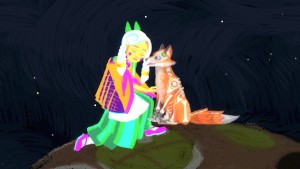 But I also have to wonder if there is anything gendered in these representations of vulnerability. Indeed, as I mentioned in my previous post on Among the Sleep, even though the gender of the child is never mentioned in the game, many people seem to assume the child is male, and perhaps this has something to do with the fact that the child encounters some fairly serious trauma and violence. The child in Limbo is male as well, and we are forced to witness his frequent brutal deaths, whereas Iona in Gravity Ghost is a little girl and it is impossible to die in this game. Is this perhaps because we perceive, in some way, the death of a young girl as harder to witness than the death of a young boy? And does the masculinization of violence in Among the Sleep and Limbo perhaps reveal the fact that we find it more acceptable or less grotesque to interact with such violence when it is perpetrated against a male body?
But I also have to wonder if there is anything gendered in these representations of vulnerability. Indeed, as I mentioned in my previous post on Among the Sleep, even though the gender of the child is never mentioned in the game, many people seem to assume the child is male, and perhaps this has something to do with the fact that the child encounters some fairly serious trauma and violence. The child in Limbo is male as well, and we are forced to witness his frequent brutal deaths, whereas Iona in Gravity Ghost is a little girl and it is impossible to die in this game. Is this perhaps because we perceive, in some way, the death of a young girl as harder to witness than the death of a young boy? And does the masculinization of violence in Among the Sleep and Limbo perhaps reveal the fact that we find it more acceptable or less grotesque to interact with such violence when it is perpetrated against a male body?
These question are definitely pretty difficult to unpack, which I think makes it all the more important to ask them. And perhaps that’s the importance of games like Never Alone, Among the Sleep, Gravity Ghost, and Limbo—while they all seem to represent childhood and child-protagonists in unique ways, certain patterns and similarities seem also to exist across such representations. And by working to understand the significance of such recurring representations, we might come to grow alongside these characters by gaining deeper insight into the narrative role that embodied childhood plays in such games.

